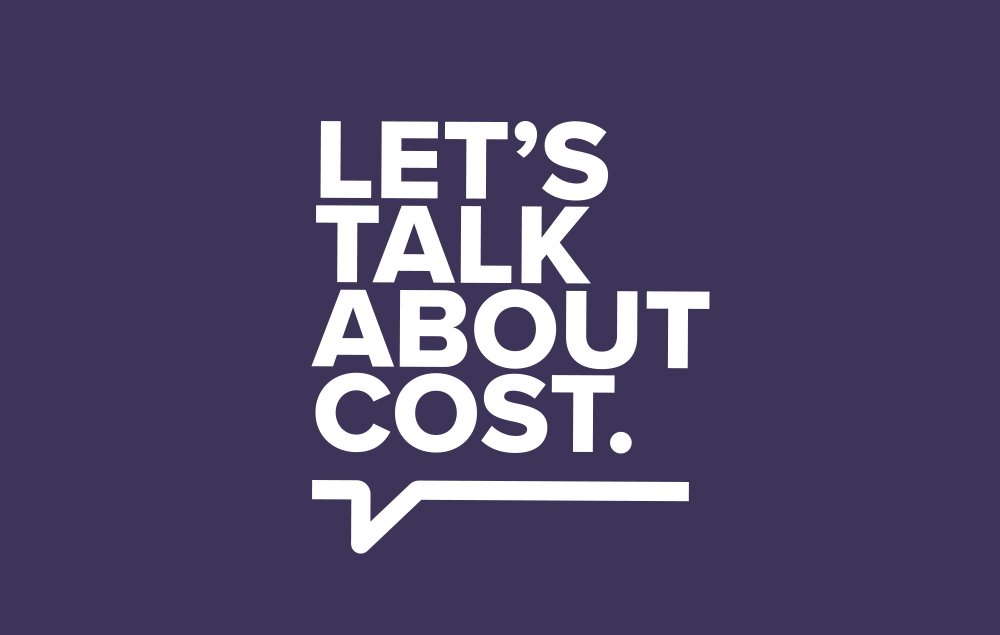Updated on 06/19/2019
Discussions about costs are important. Too often patients struggle to afford the medicines they need. Our industry is committed to working with policymakers on solutions that enhance the competitive marketplace, lower costs for patients and promote continued medical innovation.
- Today, there are more than 140 personalized medicines and 42% of new medicines in development have the potential to be personalized therapies that can be targeted to specific patients and their individual health needs.
- Medicines are this country’s best chance at tackling the country’s biggest cost driver: chronic disease. Health conditions, such as cancer, diabetes and heart disease, are the leading causes of death and disability in the United States and account for about 90% of health care spending.
- 90% of all medicines dispensed in the United States are generic copies that cost a fraction of the price of the initial brand medicine. In addition, competition from generics and biosimilars are expected to reduce U.S. brand sales by $105 billion from 2019 to 2023.
- Due to negotiations in the market, net prices for brand medicines grew just 0.3% in 2018, less than the rate of inflation. And spending on medicines for one of the nation’s largest pharmacy benefit managers (PBMs) grew just 0.4% last year.
- On average, 40% of the list price of medicines is given as rebates or discounts to insurance companies, the government, pharmacy benefit managers and other entities in the supply chain who often require large rebates in order for a medicine to be covered. These rebates and discounts exceeded $166 billion in 2018 alone and are growing every year.
- Hospitals mark up medicine prices, on average, nearly 500%. An analysis of 20 medicines also found the amount hospitals receive after negotiations with commercial payers is, on average, more than 250% what they paid to acquire the medicine.
- The market-based Average Sales Price system helps control costs and spending in Medicare Part B. It is estimated that the government and seniors have saved $132 billion from 2005 to 2017 as a result of switching to this system. In 2016, Part B medicine spending was just 8% of total Part B spending and just 3% of total Medicare spending.
- Health insurers are shifting more costs onto patients through deductibles, increased use of coinsurance and the use of four or more tiers for prescription drugs. The share of employer-sponsored plans requiring deductibles for the pharmacy benefit has increased from 23% in 2012 to 52% in 2017.
- Unlike care received at an in-network hospital or physician’s office, patients with high deductibles or coinsurance pay cost sharing based on the list price of a medicine, even if their insurer receives a steep discount. More than half of commercially insured patients’ out-of-pocket spending for brand medicines is based on the full list price. Patients with a deductible have seen their out-of-pocket costs for brand medicines increase 50% since 2014.
- Sharing negotiated discounts could save certain commercially insured patients with high deductibles and coinsurance $145 to $800 annually and would increase premiums about 1% or less.
Learn more at LetsTalkAboutCost.org



